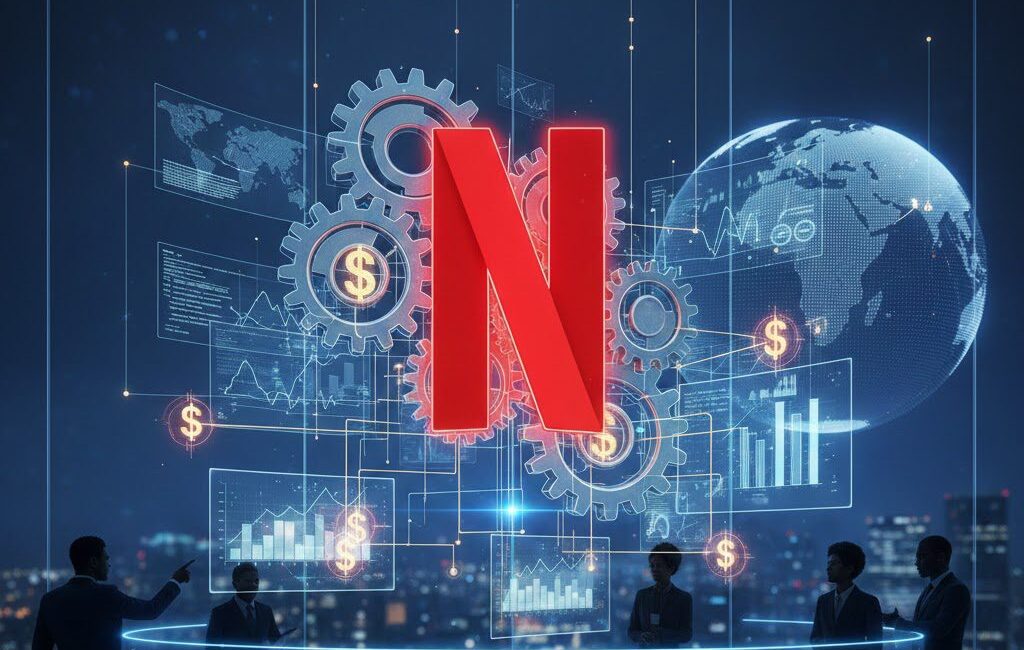In today’s fast-paced entertainment industry, understanding how content acquisition works is crucial for success. Whether you’re a content buyer, seller, or distributor, mastering the art of acquiring compelling content can make or break your business. Let’s dive into the intricacies of content acquisition and explore how Vitrina can revolutionize your approach to this essential process.
Content acquisition is the lifeblood of the entertainment industry. It involves identifying, evaluating, and securing rights to media content that aligns with your audience’s preferences and your business goals. This process requires a keen understanding of market trends, audience analytics, and content valuation.
Key players in content acquisition include:
- Content buyers (streaming platforms, TV networks)
- Content sellers (production companies, independent creators)
- Distributors (international sales agents, licensing firms)
To excel in content acquisition, you need to balance creativity with business acumen, ensuring that each piece of content has the potential to captivate audiences and generate revenue.

Content licensing forms the backbone of how content acquisition works. It’s the legal framework that allows buyers to use and distribute content created by others. Understanding the nuances of licensing agreements is crucial for both buyers and sellers.
Types of content licenses include:
- Exclusive rights
- Non-exclusive rights
- Territory-specific licenses
- Platform-specific licenses
Negotiating these licenses requires a deep understanding of IP rights and the ability to forecast a content’s potential across various markets and platforms.
Ready to streamline your content licensing process? Sign up on Vitrina to connect with top licensors and licensees in the entertainment industry.
Simplify Content Licensing
Connect with industry leaders and streamline your licensing negotiations
Determining the worth of content is a critical aspect of how content acquisition works. Content valuation involves analyzing various factors to estimate a fair price for the rights to a piece of content.
Key factors in content valuation include:
- Past performance of similar content
- Potential audience reach
- Production quality
- Brand alignment
- Exclusivity of rights
To make informed decisions, buyers must leverage audience analytics and market trends data. This information helps predict a content’s potential ROI and informs negotiation strategies.
Successful content acquisition hinges on effective negotiation. Buyers and sellers must navigate complex discussions about pricing, rights, and distribution terms.
Essential negotiation strategies include:
- Thorough research on the content and its market potential
- Clear understanding of your budget and ROI expectations
- Flexibility in deal structures (e.g., revenue sharing, minimum guarantees)
- Building long-term relationships with content creators and distributors
Remember, the goal is to create win-win situations that benefit both parties and foster ongoing partnerships.
Boost Your Content Reach
Discover new distribution opportunities and maximize your content’s potential
How content acquisition works is closely tied to distribution strategies. Buyers must consider how they’ll deliver content to their target audience across various platforms and territories.
Popular distribution channels include:
- Streaming platforms (e.g., Netflix, Hulu)
- Traditional broadcast networks
- Video-on-demand services
- International syndication
Understanding the strengths and limitations of each channel helps inform acquisition decisions and maximizes the reach and profitability of your content portfolio.
Expand your distribution network with Vitrina. Connect with global distributors and explore new channels for your content.
Content curation is an often-overlooked aspect of how content acquisition works. It involves carefully selecting and organizing content to create a cohesive and appealing lineup for your audience.
Effective content curation requires:
- A deep understanding of your target audience
- Awareness of current and emerging trends
- The ability to identify hidden gems that align with your brand
- Balancing familiar content with fresh, innovative offerings
By mastering content curation, you can create a unique value proposition that sets your platform or channel apart from competitors.
Vitrina’s B2B marketplace is transforming how content acquisition works in the entertainment industry. By providing a centralized platform for buyers, sellers, and service providers, Vitrina streamlines the entire acquisition process.
Key benefits of using Vitrina for content acquisition include:
- Access to a vast network of content creators and rights holders
- Real-time market insights and trends analysis
- Simplified communication and negotiation tools
- Comprehensive content catalogs with detailed information
- Opportunities to discover unique and niche content
For example, companies like Global Screen and Fremantle use Vitrina to showcase their content catalogs and connect with potential buyers.
To learn more about such companies and explore their offerings, you can create your free account on Vitrina and connect with them for more detailed insights.
Understanding how content acquisition works is essential for success in the entertainment industry. By mastering content licensing, valuation, negotiation, and distribution strategies, you can build a compelling content portfolio that resonates with your audience and drives business growth.
Vitrina’s B2B marketplace offers a powerful solution to streamline your content acquisition process, providing access to a global network of industry professionals and valuable market insights.
The key steps include identifying content needs, researching available options, evaluating content quality and potential, negotiating rights and terms, and finalizing licensing agreements.
Content pricing depends on factors such as exclusivity, territory rights, platform rights, content popularity, and potential audience reach. Market research and analytics play a crucial role in determining fair prices.
Data analytics helps predict content performance, understand audience preferences, and estimate potential ROI. This information is crucial for making informed acquisition decisions.
Small companies can focus on niche markets, leverage data-driven insights, build strong relationships with content creators, and use platforms like Vitrina to access a wider range of content options and industry connections.































